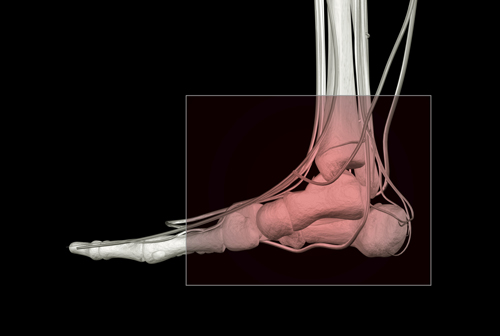
The Achilles tendon, the longest and strongest tendon in the body, connects calf muscles to the heel bone. When it is injured, the treatment is often individualized. For example, a patient recently began physical therapy after surgery to repair an Achilles tendon he had torn playing basketball. When another patient tore his Achilles tendon, he had worn a cast for about a week and then a brace for two months, followed by physical therapy. Because the recovery time from surgery was about the same length as the nonoperative treatment, the first patient wondered why his doctor had recommended surgery.
Jumping and pivoting put tremendous stress on the Achilles tendon and can cause it to tear, especially in middle-aged weekend athletes, like the first patient. Partial Achilles tendon tears are often treated with rest, casting and bracing, while complete tears are repaired surgically. Lifestyle factors can also affect individual treatment decisions.
Surgical repair reduces the chance of rupturing the tendon again and is often preferred for individuals who
- are younger than middle age and otherwise in good health,
- want to return to athletic activities after rehabilitation and
- hold physically demanding jobs.
Nonoperative treatment eliminates risks associated with surgery, such as infection and the side effects of anesthesia. It may be preferred for people who
- are late middle-aged or older,
- do not intend to participate in vigorous athletic activity after rehabilitation ,
- have health conditions , such as diabetes , that may complicate healing and
- hold sedentary jobs .
If you tear your Achilles tendon, full recovery takes four to six months and requires intensive physical therapy, regardless of the process used to restore the tear. We can design a program that addresses your specific needs and allows you to resume activities that are important to you.

















